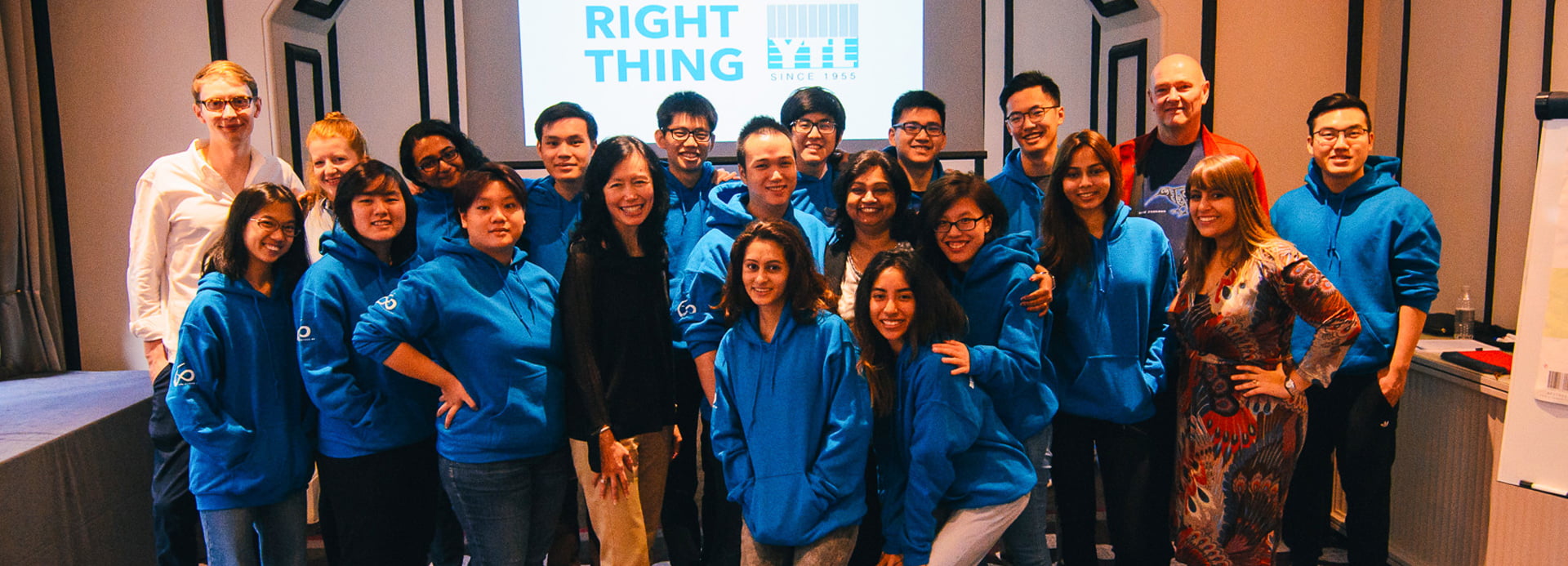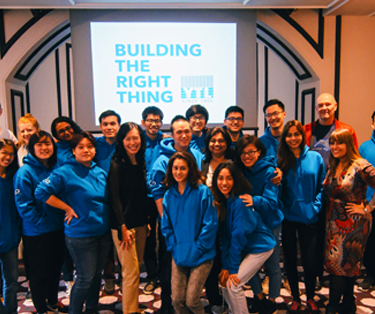


By RACHEL GONG
MALAYSIANS adjusting to staying at home under the movement control order (MCO) would have quickly realised just how much we rely on having stable, readily available Internet access. Although virtual meetings are not a perfect substitute, white-collar workers are likely finding that many aspects of their jobs can be done remotely, and social gatherings over video chats can be quite enjoyable.
However, as the MCO extends a further two weeks, another test of Internet infrastructure and applications awaits, namely how well Malaysian teachers, parents and students will adjust to distance learning as schools pivot to online classes.
The Education Ministry’s (MOE) section on education resources and technology (Bahagian Sumber dan Teknologi Pendidikan – BSTP) has prepared online resources for parents, teachers and students, and these are available to approved users on its digital learning website hosted by Google.
Additional video resources for teachers are available to the public at two MOE-recommended sites, EduwebTV whose content is produced in-house by the ministry, and CikgooTube whose content is produced by teachers around the country.
In partnership with Google, the MOE is also running webinars to give teachers a crash course on how to conduct distance learning and online classes.
Of course, the pedagogy of online education is not something that can be taught overnight. Nonetheless, current circumstances require innovative methods to ensure that primary and secondary school students can continue receiving education during the extended MCO.
Even though research shows that online learning is still not as effective as in-person learning, research also shows that a prolonged break from school hurts student performance.
But a digital divide means that not everyone can access them.
One of the challenges to effective online education in China has been unreliable access to the Internet and Internet-enabled devices.
A report in the March 17 edition of The New York Times states that “Many parents cannot afford to buy multiple devices for themselves and their children, even though many of the world’s cheapest smartphones - and most of the fanciest ones, too - are made in China. The nation is blanketed in 4G service, yet the signal is spotty in parts of the countryside.”
Malaysia is likely facing a similar digital divide. Although the national mobile broadband (i.e. an Internet connection tied to a SIM card in a mobile phone) penetration rate per 100 people in 2019 was approximately 120%, the fixed broadband (i.e. an Internet connection typically accessible through a phone line or cable in the home) penetration rate per 100 people was only about 8%.
This means that children in lower-income households are less likely to have a device at home with which they can access the Internet and are less likely to have enough data with which to download school materials and resources. This problem is likely to be more pronounced in rural areas.
What can be done: Some parents in the Klang Valley report that their children’s teachers have already begun sending assignments and materials to them via Whatsapp and Telegram. Some teachers, knowing that some of their students come from households that cannot afford to buy enough data to stream or download videos, are recording audio messages of their class materials in five-minute intervals for students to listen to.
Other teachers who left the Klang Valley to balik kampung during the school holidays prior to the MCO, are now stranded with limited Internet access and are struggling to prepare comprehensive online materials for their students.
Telcos are pitching in by offering various additional mobile data initiatives, for example Celcom offers free Whatsapp from 8am to 6pm, Digi offers postpaid consumers 1G of free data daily for use between 8am and 6pm (prepaid customers get extra data only when they reload), and Maxis offers free data for selected applications.
In collaboration with YES and FrogAsia, the YTL Foundation is providing 40G of free mobile data and online learning materials to all students registered in Malaysian public schools.
However, the conditions attached to some of these initiatives may prevent them from benefiting the people who most need a boost. For example, postpaid subscribers are likely to be customers who have a large bucket of data and/or a fixed broadband connection at home. Conversely, prepaid subscribers are the people who are most likely operating on a tight data budget and who would benefit from free additional data.
Also, consider that free access to Microsoft Office 365 is offered from 8am to 6pm, which is a definite benefit to office workers working from home but not one that is likely to be used by daily wage workers who may want access to other websites to look for work or stay updated during the crisis.
In my opinion, telcos should provide additional free mobile data with no restrictions and at no additional cost in order to help teachers, parents and students cope with the restrictions of the MCO. High take-up rates might increase the pressure on our Internet infrastructure, but this may be a cost we need to bear together.
If nothing else, our increasing dependence on high-quality Internet access in all aspects of life presents a strong case for ensuring that the National Fiberisation and Connectivity Plan comes to fruition.


